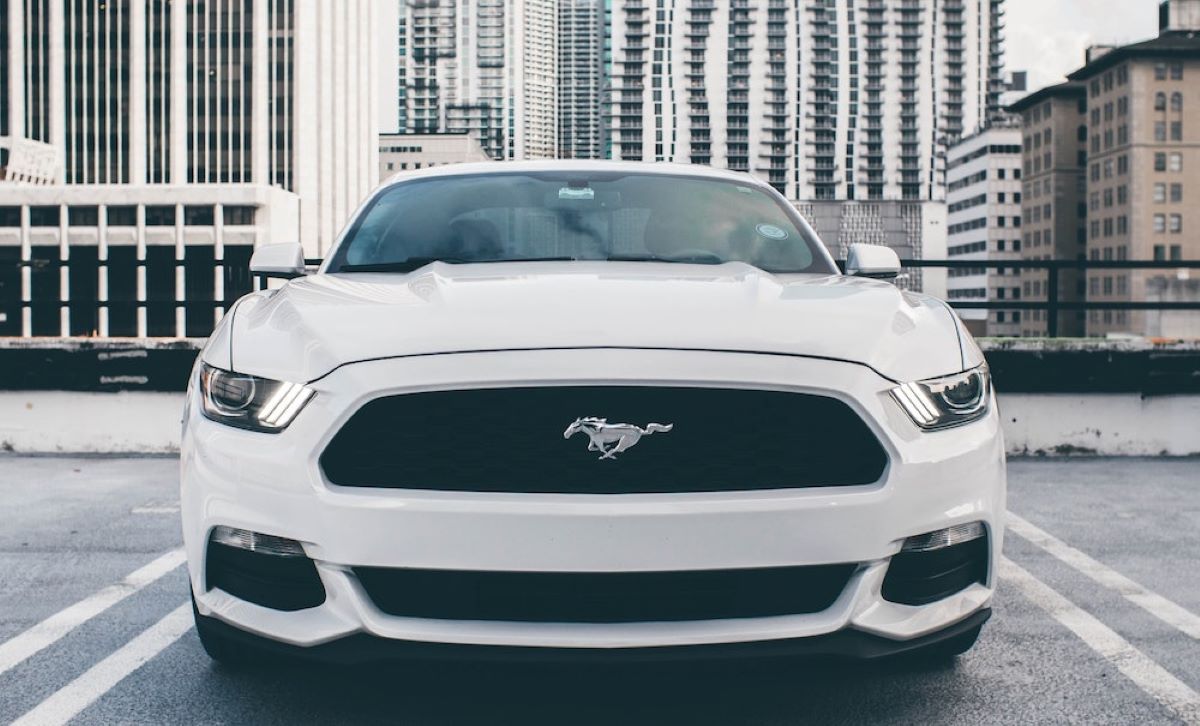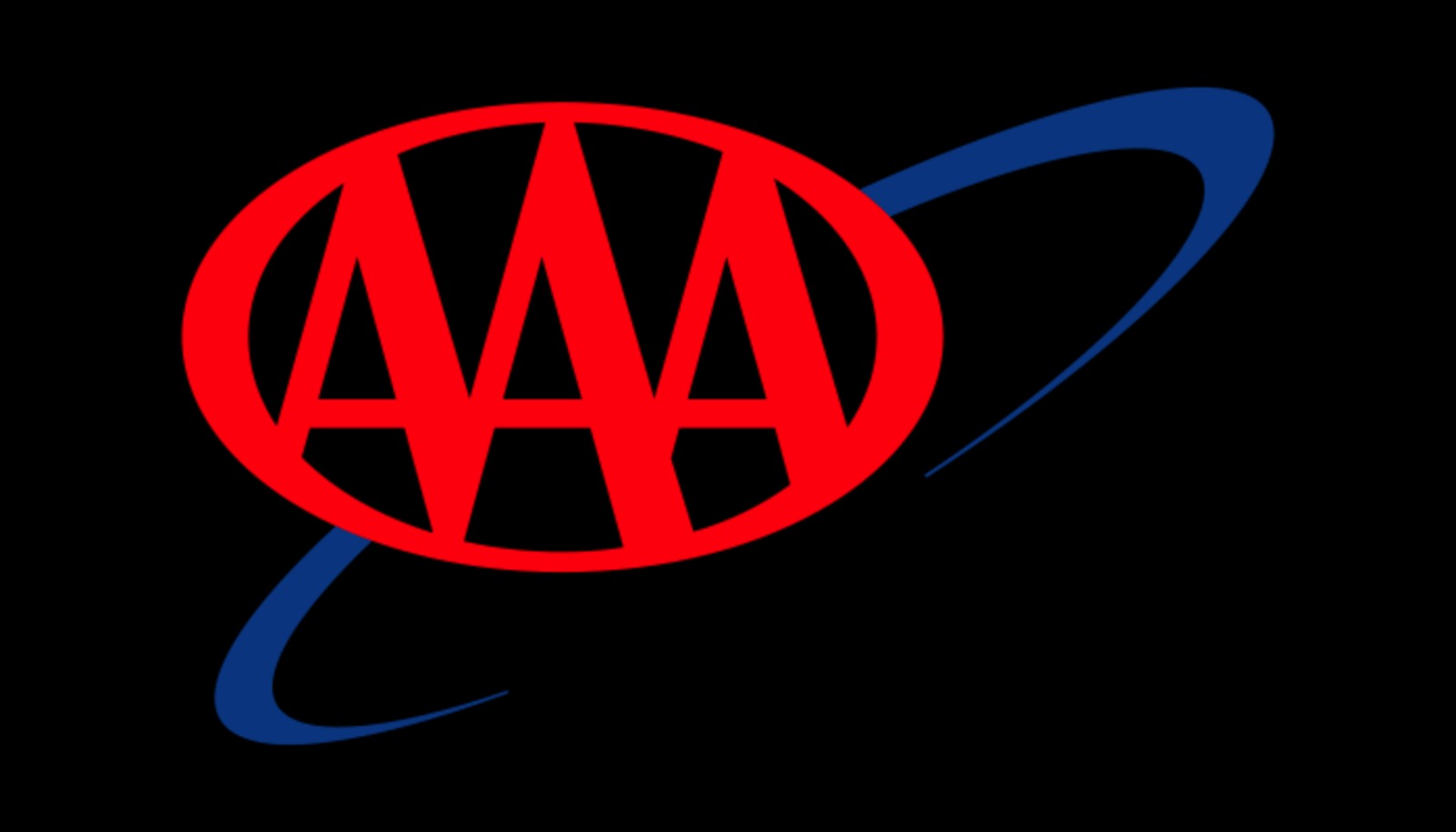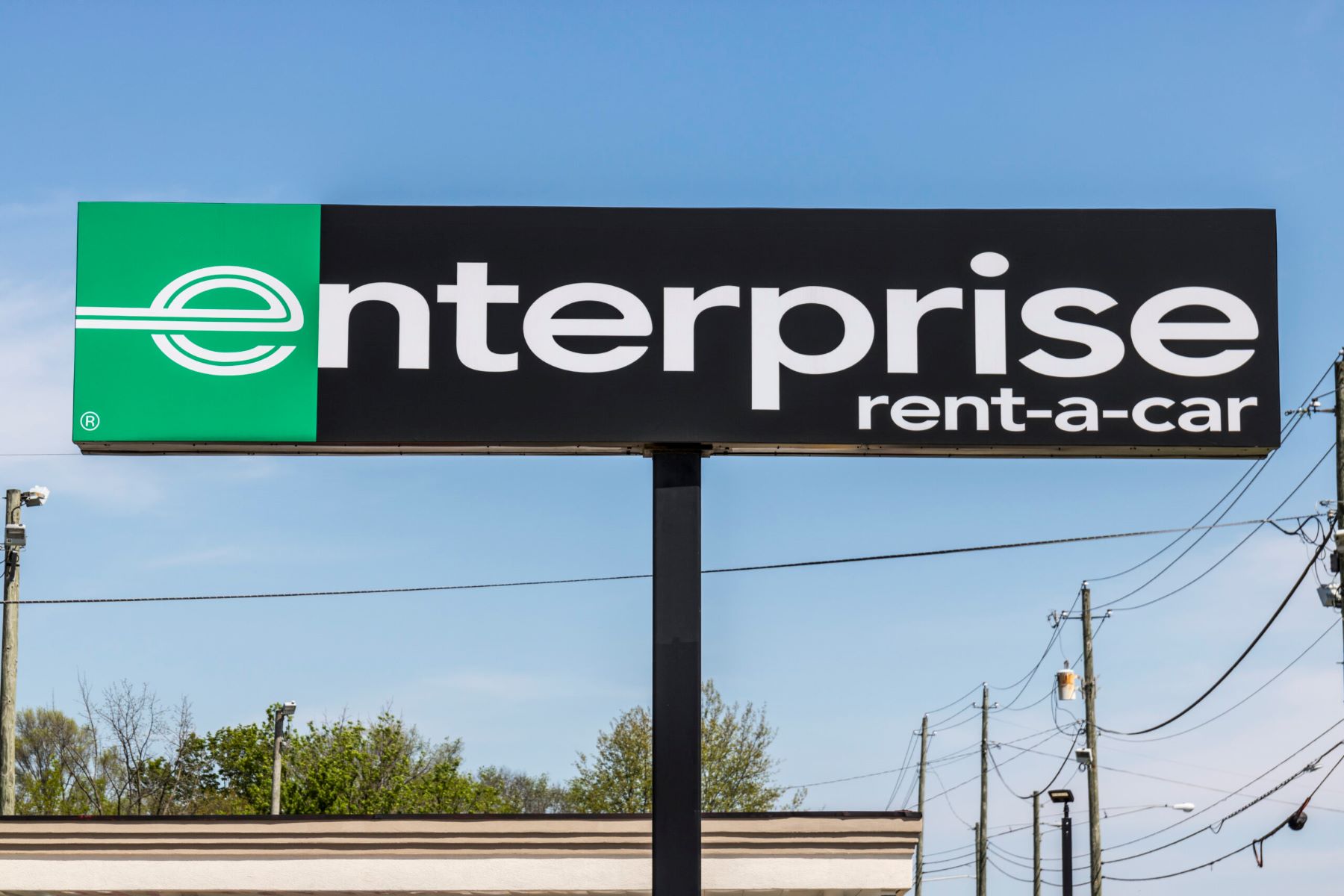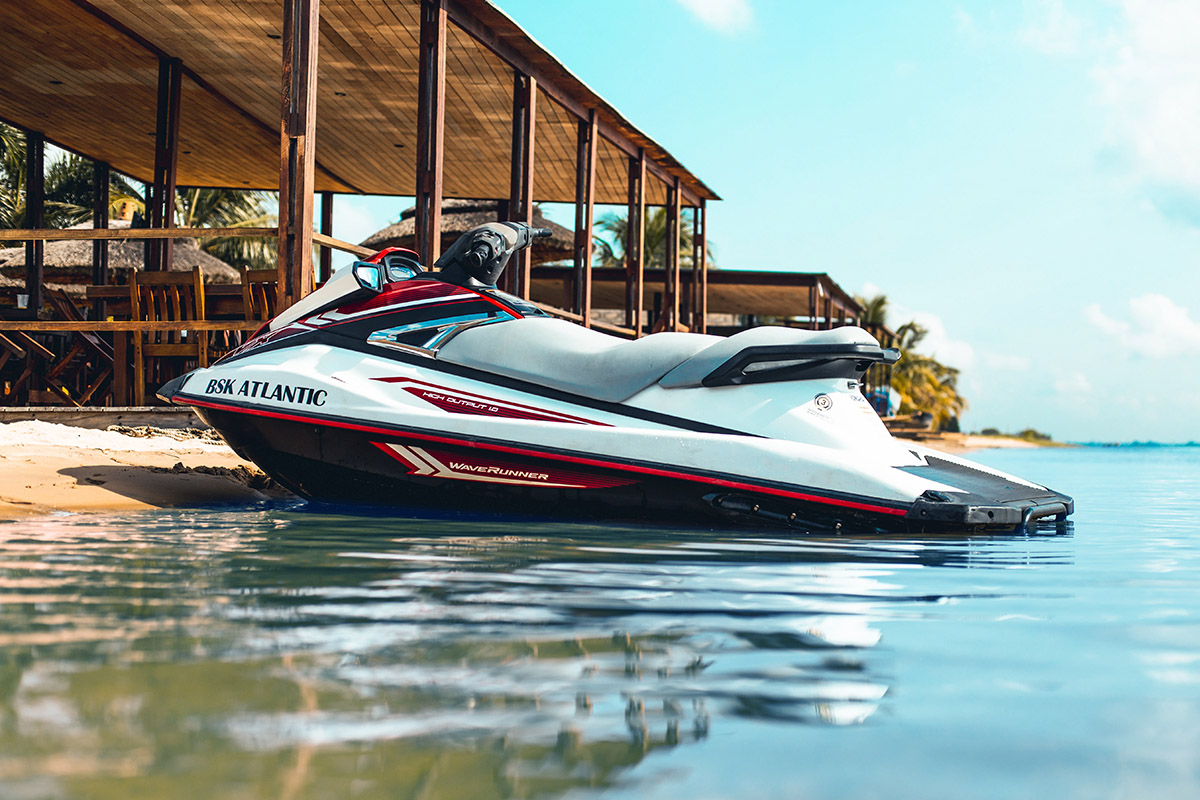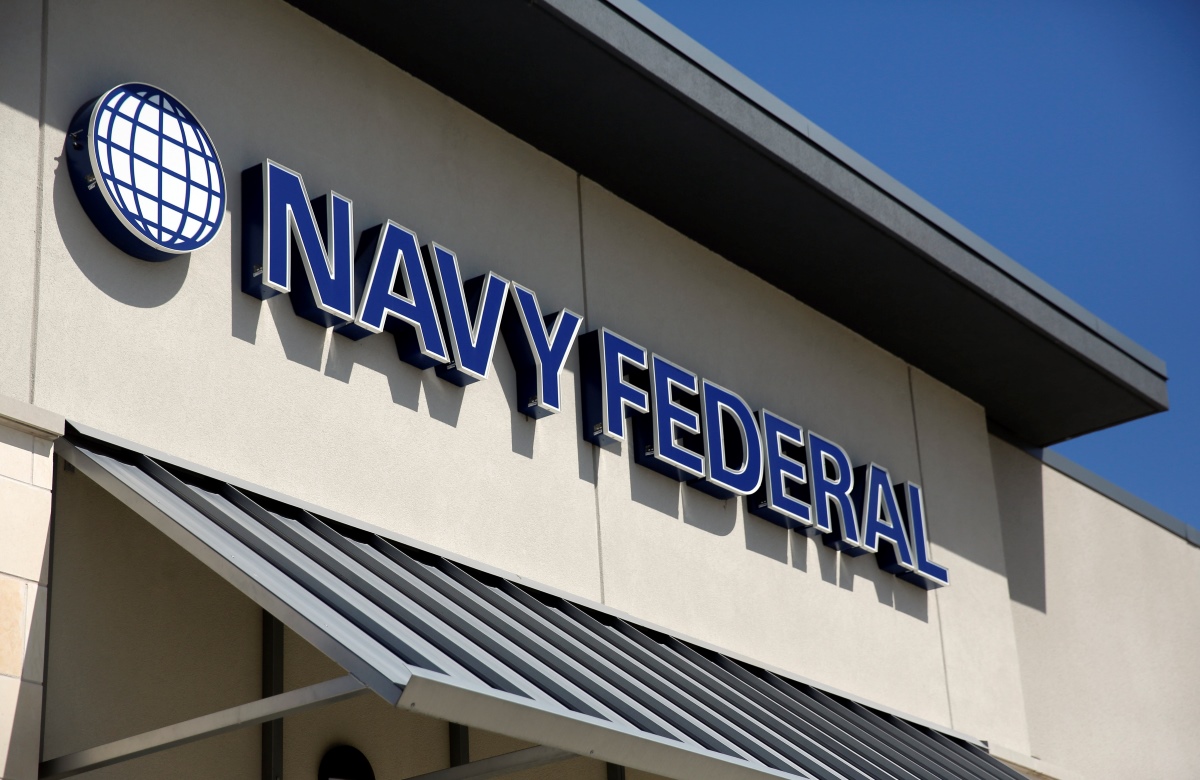

Finance
How Much Is Livery Insurance
Published: November 24, 2023
Get a clear understanding of how much livery insurance costs and make informed financial decisions. Explore the finance options available for livery insurance.
(Many of the links in this article redirect to a specific reviewed product. Your purchase of these products through affiliate links helps to generate commission for LiveWell, at no extra cost. Learn more)
Table of Contents
Introduction
Welcome to the world of livery insurance! If you’re in the business of providing transportation services with vehicles such as taxis, limousines, or even ride-sharing cars, it’s essential to have a comprehensive understanding of livery insurance. This specialized type of insurance is designed to protect both drivers and passengers against the unique risks associated with commercial transportation.
Livery insurance is different from personal auto insurance because it takes into account the increased liability that comes with transporting paying passengers. Whether you’re an individual operating a single vehicle or managing a fleet of cars, having the right livery insurance coverage in place is crucial for your peace of mind and financial protection.
In this article, we will delve into the intricacies of livery insurance, discussing what it is, the factors that influence its costs, coverage options, how premiums are calculated, and tips for finding the best and most affordable policies. So, whether you’re a seasoned industry professional or just starting your foray into the world of livery transportation, read on to gain valuable insights and make well-informed decisions regarding your insurance needs.
What is Livery Insurance?
Livery insurance is a specialized type of commercial auto insurance specifically designed for vehicles used in livery or transportation services. It provides coverage for vehicles that are used to transport paying passengers, such as taxis, limousines, black cars, and even ride-sharing vehicles.
Unlike personal auto insurance, which only covers personal use of a vehicle, livery insurance is designed to address the increased risks associated with commercial transportation. It provides coverage for bodily injury, property damage, and other liabilities that may arise while transporting passengers for financial compensation.
One of the key distinctions of livery insurance is that it provides coverage when the vehicle is being used for hire or reward. In other words, it covers situations where passengers are being transported in exchange for payment, whether it’s a taxi fare, hourly rate, or a ride-sharing fare.
Another important aspect of livery insurance is that it offers coverage for both the driver and the passengers. For example, it may include coverage for medical expenses in the event of an accident, as well as liability coverage to protect the driver and the passenger from financial losses resulting from a covered incident.
It’s important to note that livery insurance is generally more expensive than personal auto insurance due to the higher risks involved. Factors such as the type of vehicle, driving record, location, and the number of passengers transported can affect the cost of livery insurance premiums.
Overall, livery insurance plays a critical role in protecting both drivers and passengers in the transportation industry. By providing coverage for potential liabilities and risks associated with commercial transportation, it offers the financial protection necessary for livery operators to run their businesses confidently and responsibly.
Factors Affecting Livery Insurance Costs
Several factors come into play when determining the cost of livery insurance. It’s essential to understand these factors as they can significantly impact the premiums you will need to pay for your coverage. Here are some of the key factors that insurance companies consider when calculating livery insurance costs:
- Type of Vehicle: The type of vehicle used in your livery business can have a significant impact on insurance costs. Luxury vehicles, such as limousines, may be more expensive to insure due to their higher market value and the potential for costly repairs. On the other hand, more modestly priced vehicles like taxis or ride-sharing cars may have lower insurance costs.
- Driving Record: Your driving record plays a crucial role in determining insurance costs. If you or your drivers have a history of accidents or violations, insurers may consider you a higher risk and increase your premiums accordingly.
- Location: The location where your livery business operates can influence insurance costs. Urban areas with higher traffic volumes and greater accident risks may result in higher premiums compared to rural or less congested areas.
- Number of Vehicles: The number of vehicles in your livery fleet will affect your insurance costs. Insurers generally offer preferential rates for businesses with larger fleets, as they can distribute risks across multiple vehicles.
- Number of Drivers: Insurance costs may also vary based on the number of drivers in your livery business. More drivers mean more potential risks, which may result in higher premiums.
- Claims History: The claims history of your business can impact insurance costs. If you have a record of frequent or costly claims, insurers may consider you a higher risk and increase your premiums accordingly.
It’s important to note that each insurance company may have its own unique approach to assessing these factors and determining premiums. That’s why it’s essential to shop around, compare quotes from multiple insurers, and select the one that offers the best coverage at a competitive price.
By understanding the factors that influence livery insurance costs, you can take steps to manage and mitigate these factors effectively. Maintaining a clean driving record, implementing safety measures in your fleet, and selecting the right vehicles can all contribute to lower insurance premiums and help protect your business’s bottom line.
Coverage Options for Livery Insurance
Livery insurance offers a range of coverage options to protect livery businesses and their drivers from various risks and liabilities. Here are some common coverage options available for livery insurance:
- Liability Coverage: Liability coverage is a fundamental component of livery insurance. It provides financial protection for bodily injury and property damage claims that may arise if you or your driver is at fault in an accident. This coverage is essential for protecting your business from potentially costly lawsuits and claims.
- Uninsured/Underinsured Motorist Coverage: This coverage protects you and your passengers if you are involved in an accident with an uninsured or underinsured driver. It can help cover medical expenses, lost wages, and other damages if the at-fault party does not have adequate insurance coverage.
- Comprehensive Coverage: Comprehensive coverage provides protection against non-collision events, such as theft, vandalism, fire, or natural disasters. It can help cover the cost of repairing or replacing your vehicles in these situations.
- Collision Coverage: Collision coverage helps cover the cost of repairing or replacing your vehicles if they are involved in a collision, regardless of who is at fault. This coverage is particularly important for livery businesses as accidents can happen even with skilled and cautious drivers.
- Medical Payments Coverage: Medical payments coverage pays for medical expenses if you or your passengers are injured in an accident, regardless of fault. It can help cover hospital bills, doctor visits, and other medical costs associated with the accident.
- Personal Injury Protection (PIP): PIP coverage is similar to medical payments coverage, but it may offer broader protection. It can help cover medical expenses, lost wages, and other related costs for you and your passengers, regardless of who is at fault in the accident.
- Rental Reimbursement Coverage: This coverage provides reimbursement for the cost of a rental vehicle while your insured vehicle is being repaired or replaced due to a covered event.
- Non-Owned Vehicle Coverage: Non-owned vehicle coverage extends coverage to vehicles that you or your drivers use but do not own. This can provide protection if you or your driver is involved in an accident while using a rented or borrowed vehicle for livery purposes.
It’s important to work closely with an experienced insurance agent to determine the specific coverage needs of your livery business. They can help you assess the risks you face and customize a policy that provides comprehensive protection.
Remember, the type and cost of coverage will vary among insurance providers, so it’s essential to review and compare quotes to find the best coverage options that meet your needs and budget.
How Livery Insurance Premiums are Calculated
Livery insurance premiums are calculated based on several factors that determine the level of risk associated with insuring a livery business. Insurance companies consider these factors to accurately assess the potential costs they may incur by providing coverage. Here are some key factors that influence the calculation of livery insurance premiums:
- Type of Vehicle: The type of vehicle used in the livery business is a significant factor in premium calculation. Luxury vehicles or vehicles with high horsepower may have higher premiums due to their higher market value and increased risk of theft or damage.
- Driving Record: The driving records of the business owner and drivers are crucial in determining premiums. A clean driving record with no accidents or violations indicates lower risk and may result in lower premiums.
- Location: The location where the livery business operates affects insurance premiums. Areas with higher traffic volumes, accident rates, and crime rates may lead to higher premiums due to increased risk.
- Number of Vehicles and Drivers: The number of vehicles and drivers in the livery business also impact premiums. More vehicles or drivers translate to higher exposure to risk and can result in higher premiums.
- Claims History: The claims history of the business plays a significant role in premium calculation. A history of frequent or costly claims may indicate a higher risk profile, leading to higher premiums.
- Annual Mileage: The estimated annual mileage is taken into account, as more mileage increases the likelihood of accidents and may result in higher premiums.
- Business Experience: The duration of the livery business’s operation can also affect premiums. A well-established business with a proven track record of responsible operations and lower claims may be eligible for lower premiums.
In addition to these factors, insurance companies may also consider other variables, such as the coverage limits and deductibles selected, the specific insurance company’s underwriting criteria, and any additional optional coverages included in the policy.
It’s important to note that each insurance company has its own proprietary formula for determining premiums, weighing these factors differently. That’s why it’s crucial to obtain quotes from multiple insurance providers and compare them to find the most competitive and suitable coverage for your livery business.
By understanding how livery insurance premiums are calculated and the factors that influence them, you can make informed decisions when selecting insurance providers and policy options that offer the best value for your business.
Tips for Finding Affordable Livery Insurance
Securing affordable and comprehensive livery insurance is essential for the success and financial stability of your livery business. Here are some tips to help you find affordable livery insurance that meets your coverage needs:
- Shop Around: Take the time to gather quotes from multiple insurance providers. Each insurer has its own pricing model and considers different factors when calculating premiums. Comparing quotes allows you to find the best coverage at the most competitive price.
- Consider a Specialist Insurance Provider: Working with an insurance company that specializes in livery or commercial auto insurance may offer additional benefits. They understand the unique risks and needs of your industry and can provide tailored coverage at competitive rates.
- Bundling Policies: Inquire about the possibility of bundling your livery insurance with other policies, such as general liability or property insurance. Insurance companies often offer discounts for bundling, which can help reduce overall insurance costs.
- Review Coverage Limits and Deductibles: Carefully assess your coverage limits and deductibles to strike the right balance between protection and cost. Opting for higher deductibles can lower premiums, but make sure you can comfortably afford the deductible in the event of a claim.
- Implement Safety Measures: Taking proactive steps to enhance the safety of your drivers and vehicles can have a positive impact on insurance premiums. Safety measures, such as driver training programs, vehicle tracking systems, and security devices, demonstrate your commitment to risk reduction and may result in lower premiums.
- Monitor and Improve Driving Records: Encourage safe driving practices among your drivers and implement regular driver record checks. A clean driving record can help reduce insurance costs over time as it demonstrates lower risk to insurers.
- Consider Higher Policy Excess: A policy excess is the amount you agree to contribute towards a claim. By opting for a higher excess, you may be able to lower your premiums. However, carefully evaluate whether the higher excess aligns with your financial capabilities.
- Maintain a Good Claims History: Avoid frequent or high-cost claims whenever possible. A history of fewer claims can help establish a positive claims record, potentially leading to lower premiums.
- Review Your Policy Annually: As your business evolves, it’s important to review your insurance coverage annually. Adjust your policy to reflect any changes in your operations, such as adding or replacing vehicles. Regularly reassessing your coverage needs ensures that you have the right protection at an affordable cost.
Remember, finding affordable livery insurance requires careful evaluation of your needs, comparing multiple quotes, and considering various factors that influence premiums. By applying these tips, you can secure comprehensive coverage that fits your budget, providing peace of mind and protection for your livery business.
Frequently Asked Questions about Livery Insurance
Here are some frequently asked questions about livery insurance:
- What is the difference between livery insurance and personal auto insurance?
- Why do livery insurance premiums tend to be higher than personal auto insurance premiums?
- Do I need livery insurance if I drive for a ride-sharing service?
- Can I use my personal auto insurance to cover livery vehicles?
- Are all livery insurance policies the same?
- Can I add additional drivers to my livery insurance policy?
- Should I choose a higher deductible to lower my livery insurance premiums?
Livery insurance is specifically designed for vehicles used in commercial transportation, such as taxis, limousines, and ride-sharing cars. It provides coverage for the increased risks associated with transporting paying passengers. Personal auto insurance, on the other hand, is intended for personal use vehicles and does not typically cover for-hire transportation.
Livery insurance premiums are higher due to the increased liability and risks associated with transporting paying passengers. Commercial transportation involves greater exposure to accidents, property damage, and bodily injury claims. Insurance companies factor in these heightened risks when calculating premiums.
Yes, if you are driving for a ride-sharing service, you will typically need livery insurance. Most personal auto insurance policies do not provide coverage when you are using your vehicle for commercial purposes. Check with your insurance provider or the ride-sharing company to ensure you have the appropriate coverage.
No, personal auto insurance policies are not typically designed to cover vehicles used in livery or commercial transportation. Using your personal auto insurance for livery vehicles may result in a denied claim or cancellation of your policy.
No, livery insurance policies can vary in terms of coverage options, limits, and exclusions. It’s important to review and understand the specific terms and conditions of each policy to ensure it meets your business’s unique needs.
Yes, most livery insurance policies allow you to add additional drivers to your policy. However, each driver’s driving record and other factors will be considered when calculating premiums.
Choosing a higher deductible may lower your premiums, but it’s crucial to consider if you can comfortably afford to pay the deductible in the event of a claim. Evaluate the potential savings versus your ability to cover a higher out-of-pocket expense when determining the appropriate deductible for your business.
These are just a few common questions about livery insurance. It’s important to consult with an experienced insurance agent or broker who specializes in commercial auto insurance to get accurate and personalized answers based on your specific circumstances.
Conclusion
Livery insurance is a vital component for anyone in the transportation industry who operates vehicles for-hire. It offers the necessary protection for drivers, passengers, and businesses against the unique risks associated with commercial transportation. Understanding the intricacies of livery insurance is crucial for making informed decisions when it comes to coverage options and finding affordable premiums.
From the factors affecting livery insurance costs to the coverage options available, it’s clear that livery insurance requires careful consideration. Factors such as the type of vehicle, driving record, location, and claims history all play a role in determining premiums. By shopping around, comparing quotes, and implementing safety measures, you can find affordable coverage that meets your business’s needs.
It’s important to work with insurance providers who specialize in livery insurance to ensure you get the appropriate coverage for your business. Remember to review your policy annually and adjust it as your business evolves to maintain adequate protection.
By following the tips provided and understanding the nuances of livery insurance, you can protect your business, drivers, and passengers while navigating the unique challenges of the transportation industry. Peace of mind and financial security are within reach when you have the right livery insurance in place.

